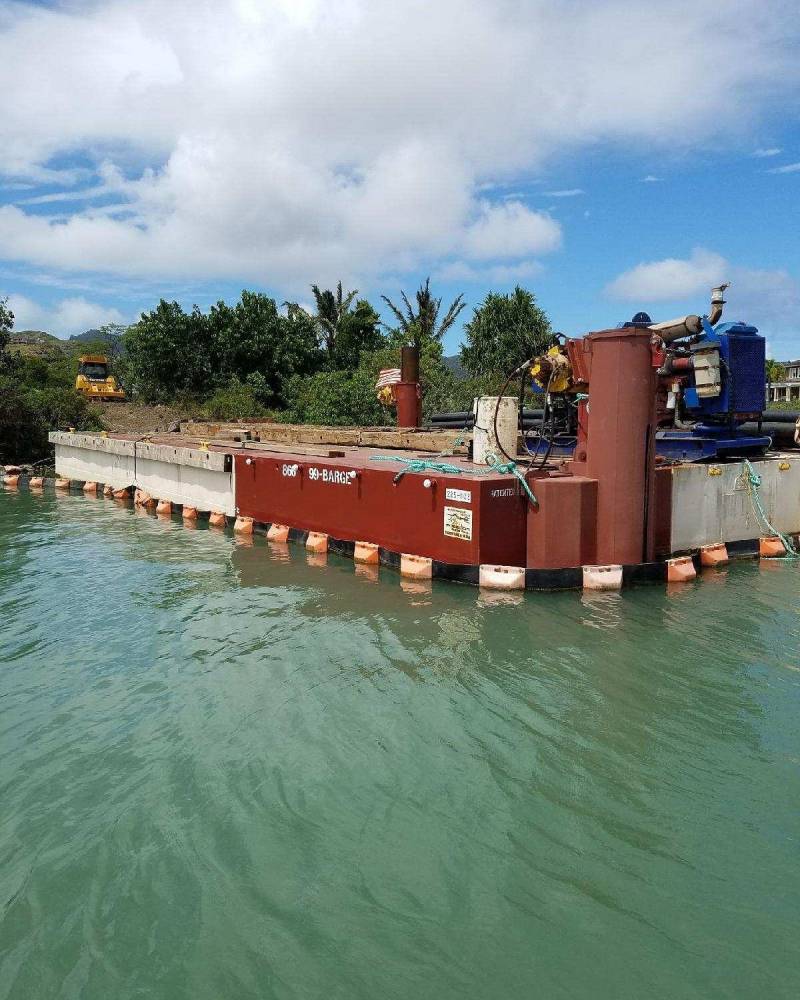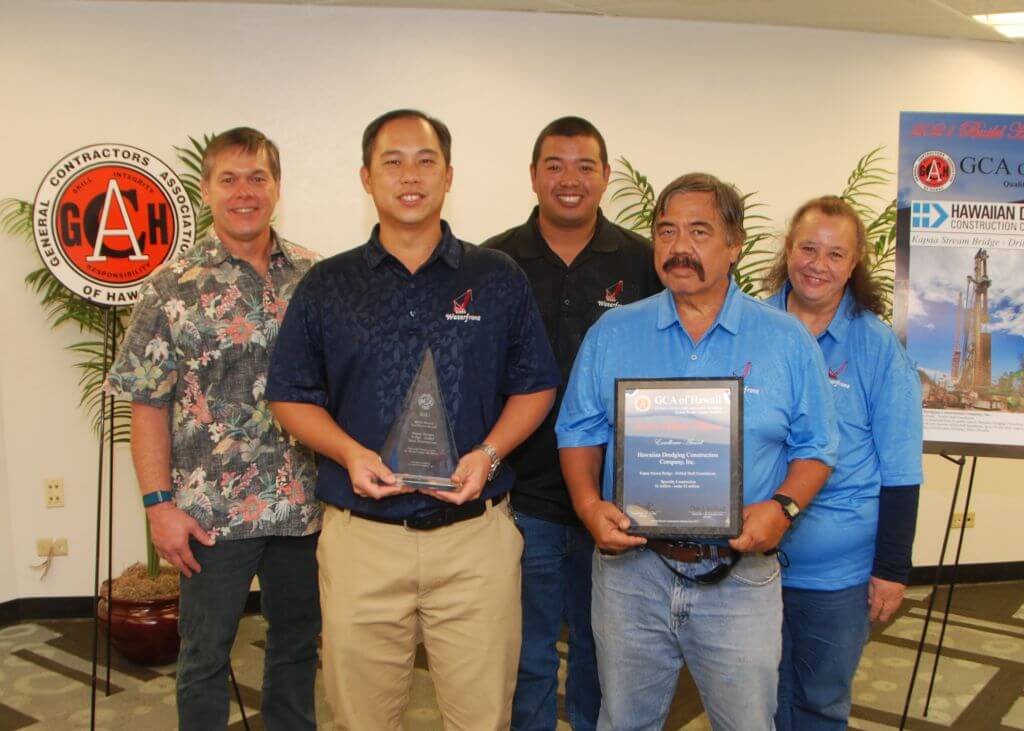

Environmental advocacy groups such as Greenpeace and the Deep Sea Mining Campaign have argued that seabed mining should not be permitted in most of the world's oceans because of the potential for damage to deep sea ecosystems and pollution by heavy metal-laden plumes. There is a growing debate about whether deep sea mining should be allowed. ĭeep sea mining raises questions about its environmental impact. Minerals normally extracted from these depths include sand, silt and mud for construction purposes, mineral rich sands such as ilmenite and diamonds. Sea-dredged minerals are normally extracted by dredging operations within coastal zones, to maximum sea depths of about 200 m. Marine minerals include sea-dredged and seabed minerals. The deposits are mined using either hydraulic pumps or bucket systems that take ore to the surface to be processed. The vents create globular or massive sulfide deposits, which contain valuable metals such as silver, gold, copper, manganese, cobalt, and zinc. The majority of proposed deep sea mining sites are near polymetallic nodules or active and extinct hydrothermal vents at 1,400 to 3,700 metres (4,600 to 12,100 ft) below the ocean’s surface.

There are three types of deep sea mining that have generated great interest: polymetallic nodule mining, polymetallic sulphide mining, and the mining of cobalt-rich ferromanganese crusts. As of 2021, the majority of marine mining efforts are limited to shallow coastal waters only, where sand, tin and diamonds are more readily accessible.

(MIT/2021)ĭeep sea mining is a growing subfield of experimental seabed mining that involves the retrieval of minerals and deposits from the ocean floor found at depths of 200 metres (660 ft), up to 6,500 metres (21,300 ft).

The midwater plume comprises two stages: (i) the dynamic plume, in which the sediment-laden discharge water rapidly descends and dilutes to a neutral buoyancy depth, and (ii) the subsequent ambient plume that is advected by the ocean current and subject to background turbulence and settling. From top to bottom, the three zoom-in panels illustrate the surface operation vessel, the midwater sediment plume, and the nodule collector operating on the seabed. Schematic of a polymetallic nodule mining operation.


 0 kommentar(er)
0 kommentar(er)
